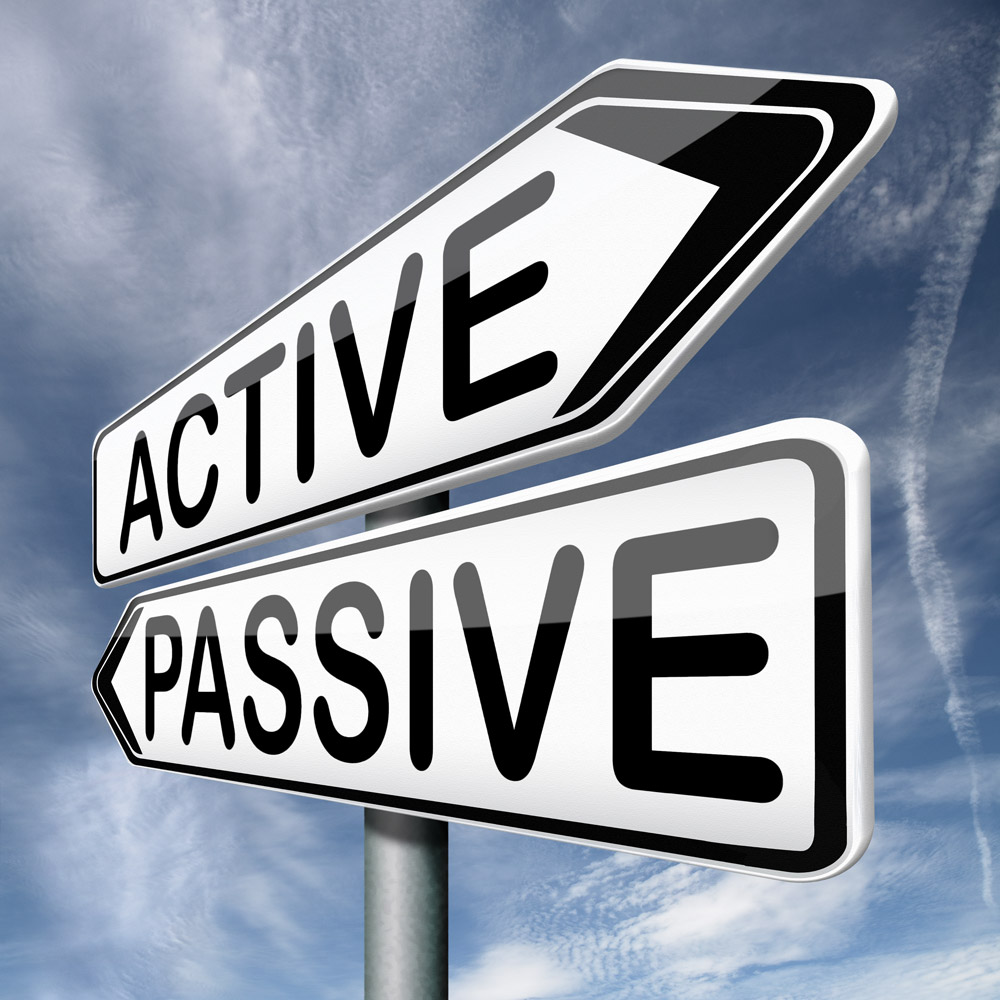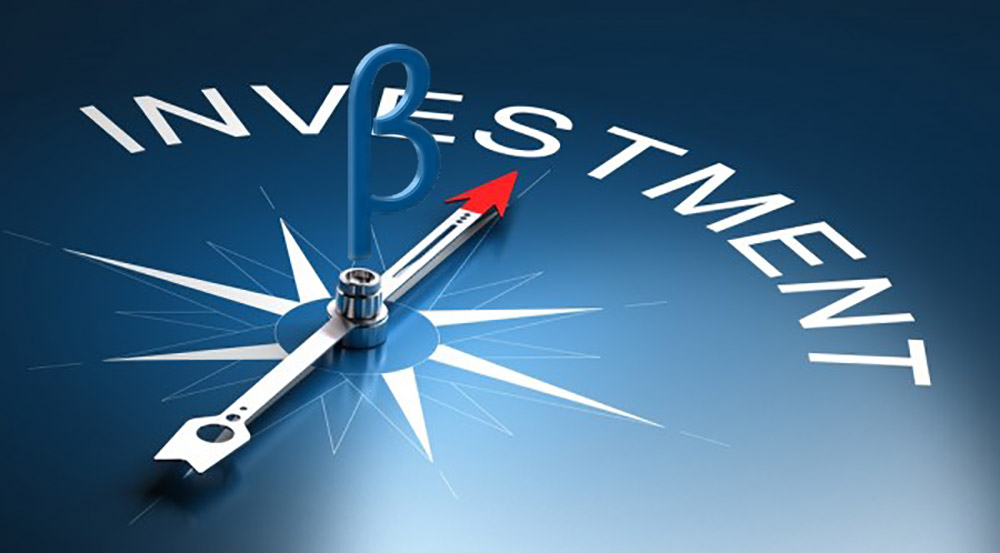by Cullen Roche, Pragmatic Capitalism
This mantra has been beaten into the brains of investors over the last 20 years like no other “fact” in the investment industry:
“80% of active managers underperform index funds”
And it’s true. I cite this in my book and regularly cite it here at Pragcap. But in order to really understand this point you have to also put it in the right perspective. Here’s my attempt to do so.
It’s not surprising that the more “passive” indexing community is beating its chest left and right during the course of a bull market in which there have been virtually no significant market declines. After all, this is when active managers just about always underperform. Of course, we always see this sort of behavioral bias AFTER a huge bull market is in place. So this shouldn’t be remotely surprising.
If we look at the history of the stock market we know that stocks rise the vast majority of the time – generally somewhere between 70-80% of the time. So, any active investor who isn’t 100% fully invested is likely to underperform a highly correlated index after taxes and fees. The data on this is pretty conclusive and the basic logic behind it confirms it. The flip side, of course, is that most active managers are holding cash positions or hedging portfolios at times during the cycle so they’re never 100% invested to begin with. So, when we see studies that claim active mangers underperform the index we should not be ONE BIT surprised.
Now, since the market rises most of the time the more active manager will tend to underperform. But studies also consistently show that active managers OUTPERFORM on the downside. For instance, this study by Sungarden Investment Research:
“During the two bull periods, the index outperformed 80% and 63% of its peers. However, during the down market cycles (bear), the index beat only 34% and 38% of its active management competitors. This is one of the most consistent conclusions we have seen in this and other studies — that active managers, in the aggregate, are effective in curbing some of the losses in the worst of times.”
This data is also confirmed broadly by hedge fund performance. Active managers who are engaging in true hedging strategies underperform in bull markets and outperform in bear markets. This shouldn’t be remotely surprising. The thing is, since the market is in a bull market 70-80% of the time then active management tends to look bad over the course of the business cycle because the performance is skewed towards the underperformance of the bull market (because it’s the majority of the cycle).
So, does any of this matter? Does the underperformance of active managers over the course of the cycle mean you should dump any sort of “active” fund and buy low fee index funds? I prefer to be less dogmatic in my views about this than most others. And I think that some degree of active management can be useful at times in mitigating the downside risks in a portfolio. Especially if you can access that active management for a reasonable fee without many of the frictions involved in common active management styles.
Don’t get me wrong. The movement against active management is largely built on good intentions. We should reduce fees, frictions and tax inefficiencies as best we can. Managers who charge high fees to mimic an index are a colossal waste of time and money. But I think we have to also be wary of this sometimes dogmatic movement against any form of active management. After all, when it comes down to it, we are all active to some degree (even indexing king Rick Ferri confesses to being somewhat active!) and so this line in the sand really makes no sense to begin with. The more important point is achieving a portfolio construction process that helps you align your risk tolerance and financial goals with the most efficient portfolio you can maintain. That might involve more “active” portfolio construction and it might not.
* This analysis excludes any review of “closet index funds” and those funds charging high fees to replicate what an index fund essentially does (which, sadly, is the vast majority of active managers). Most studies showing the “underperformance” of active managers aren’t really studying active managers, but are studying closet index funds, which will, by definition, almost always underperform a highly correlated index over time).
Shorter version:
- We are all active to some degree. No one can perfectly mimic an index fund over the course of their portfolio lifetime so the idea of “active vs passive” is largely an illusion constructed as little more than a marketing scheme.
- Of course 80% of active managers underperform during the market cycle given that most “active” managers are either closet index funds charging high fees with less tax efficiency OR they’re actually hedging their portfolio which means they’re not 100% long only throughout the market cycle.
- A truly strategic and hedging “active” manager will outperform during bear markets because, again, they don’t have 100% long only exposure. This shouldn’t surprise anyone. Likewise, this manager will underperform in bull markets.
- Portfolio frictions are hugely important. We should construct portfolios that are fee efficient, tax efficient and low friction as best we can. The more active a manager is the more portfolio degradation there is likely to be. Unfortunately, the vast majority of active managers don’t justify their fee and implement strategies that are little more than closet index funds.
- None of this means a slightly more active portfolio style doesn’t mesh with your personal financial goals.
Copyright © Pragmatic Capitalism













